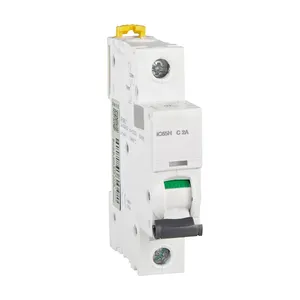
Nhỏ ngắt mạch C đường cong trống mở vi phá vỡ 1P điện ngắt mạch
5,90 US$ - 7,49 US$
Min Order: 5 Cái
CNSupplier
2 yrs


CJRO1-40 1P + N 6A 50A RCBO 6kA 30ma Rcd Bộ Ngắt Mạch Điện Dư Mini Rcbo Với Chứng Nhận SAA
7,00 US$ - 12,00 US$
Min Order: 60 Cái
CNSupplier
4 yrs

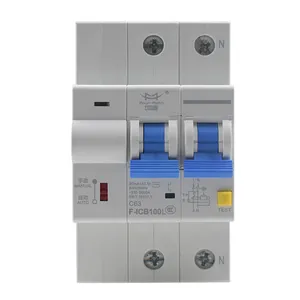
Bộ Ngắt Mạch Tự Động Bộ Điều Khiển Công Tắc Ngắt Mạch 220V/380V Bộ Ngắt Mạch Tự Động
40,00 US$ - 50,00 US$
Min Order: 1 Cái
CNSupplier
7 yrs

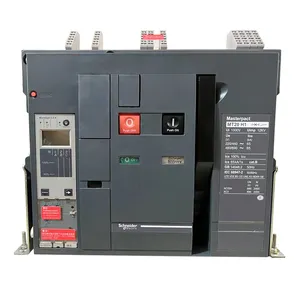
Thương hiệu mới trong kho Schneider ngắt mạch 2000A nw20 H1 3P f Mic 2.0 48057 ACB không khí ngắt mạch
1.999,00 US$ - 2.999,00 US$
Min Order: 5 Cái
CNSupplier
1 yrs


Bộ Ngắt Mạch Chân Không Ngoài Trời 12KV 630A Điện Áp Cao VCB/Bộ Ngắt Mạch Chân Không Tự Động
1.664,40 US$ - 1.803,10 US$
Min Order: 1 Bộ
CNSupplier
3 yrs


Thiết Kế Tốt Nhất Khối Lượng Nhỏ Dpn Circuit Breaker 1P + N 6A 10A 16A 20A 25A 32A Dnx3 Mcb
0,48 US$ - 0,50 US$
Min Order: 10 Cái
CNSupplier
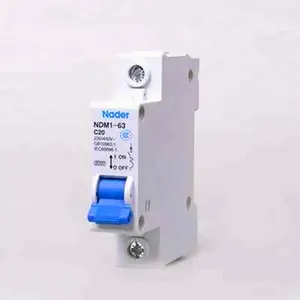
Bộ Ngắt Mạch Nhỏ 1P 32A Bộ Chuyển Đổi Không Khí NDM1-63 C32
1,00 US$ - 2,00 US$
Min Order: 5 Cái
CNSupplier
10 yrs

Điện nhỏ rò rỉ circuit breaker, ngắn mạch và quá tải bảo vệ
0,10 US$ - 0,50 US$
Min Order: 1 Cái
CNSupplier

16A 20A 25A 32A 40A 50A 2P Bộ Ngắt Mạch Cỡ Nhỏ Thu Nhỏ
1,35 US$ - 1,45 US$
Min Order: 500 Cái
CNSupplier
8 yrs

Dễ Dàng Cài Đặt Bộ Ngắt Mạch DC Nhỏ SL7 2P 550V 10A Solar PV MCB Suntree Brand
6,50 US$ - 7,00 US$
Min Order: 1 Cái
CNSupplier
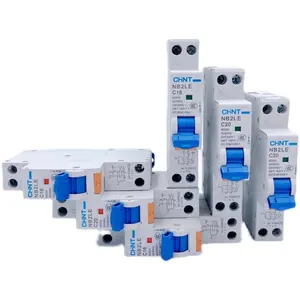
Bán buôn giá CHINT rò rỉ ngắt mạch nb2le 1p _ N 18 mét tích hợp rò rỉ nhỏ chuyển đổi idpn c16c20
5,48 US$ - 6,85 US$
Min Order: 5 Cái
CNSupplier

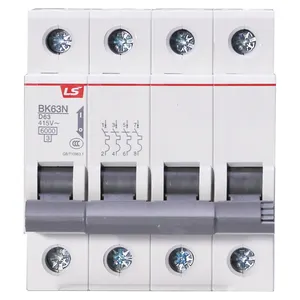
Hot bán LS nhỏ ngắt mạch bk63n gốc xác thực bkn nâng cấp phiên bản 2 cực MCCB LS ngắt điện
1,90 US$ - 2,09 US$
Min Order: 5 Cái
CNSupplier
4 yrs
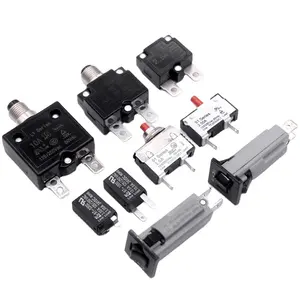
Bộ Ngắt Mạch Bảo Vệ Quá Tải Điện Nhỏ Bằng Nhựa Nhỏ Thu Nhỏ Nhỏ Màu Đen Dòng L1 L2 L3 91 92 97
Sẵn sàng vận chuyển
0,30 US$
Min Order: 1000 Cái
Shipping per piece: 95,99 US$
CNSupplier
14 yrs

Bộ Ngắt Mạch Nhỏ Chống Nổ Chất Lượng Hàng Đầu 2020
0,86 US$ - 2,58 US$
Min Order: 500 Cái
CNSupplier
6 yrs

Nhà Máy Bán Buôn 32A 1P-4P Mini Circuit Breaker Cho Thiết Bị Gia Dụng Nhỏ
1,28 US$ - 1,58 US$
Min Order: 240 Cái
CNSupplier
5 yrs

Honi ho232 10kA phá vỡ Công suất RCBO 2P 4P kích thước nhỏ dư hiện tại với Quá tải bảo vệ ngắt mạch
Sẵn sàng vận chuyển
11,00 US$
Min Order: 6 Cái
Shipping per piece: 3,59 US$
CNSupplier

Năng lượng mặt trời nhỏ DC ngắt mạch ic65n DC 2P c63a a9n18263 thu nhỏ ngắt mạch cho Schneider
Sẵn sàng vận chuyển
11,00 US$ - 11,90 US$
Min Order: 5 Cái
Shipping per piece: 5,58 US$
CNSupplier
1 yrs

CHINT Air Switch NXB-63A Hộ Gia Đình Mở 2P Nhỏ Circuit Breaker 1P Điều Hòa Không Khí Cổng Chính 3P DZ47 4P
6,10 US$
Min Order: 10 Cái
CNSupplier
8 yrs
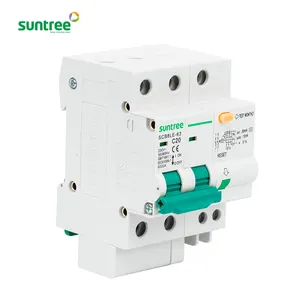
Bán Chạy 3P 15A Nhỏ Rò Rỉ Circuit Breaker RCCB AC Circuit Breaker
1,80 US$ - 4,20 US$
Min Order: 10 Cái
CNSupplier

Bán hàng quốc tế 2p Thông minh ngắt mạch giá ưu đãi rò rỉ nhỏ ngắt mạch
111,00 US$ - 115,90 US$
Min Order: 100 Cái
CNSupplier

Bán buôn giá thấp DZ47-125 MCB 80 100 125A nhỏ ngắt mạch 1pb C D đường cong ngắt mạch tại Trung Quốc
1,30 US$ - 1,75 US$
Min Order: 5 Cái
CNSupplier
2 yrs

Nhà Máy bán hàng trực tiếp đa chức năng rò rỉ ngắt mạch/2p-63a nhỏ rò rỉ ngắt mạch
Sẵn sàng vận chuyển
50,00 US$ - 55,00 US$
Min Order: 5 Cái
Shipping per piece: 4,61 US$
CNSupplier
1 yrs


Nhỏ điện rò rỉ ngắt mạch, ngắn mạch và bảo vệ quá tải
Sẵn sàng vận chuyển
0,26 US$ - 0,42 US$
Min Order: 100 Cái
Shipping per piece: 0,25 US$
CNSupplier
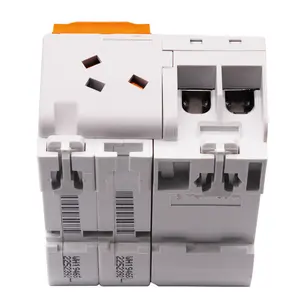
Bộ Ngắt Mạch Thông Minh Điều Khiển Từ Xa Không Dây APP, Công Tắc Bật/Tắt Điều Khiển Từ Xa Thu WIFI, Công Tắc Bật/Tắt Điều Khiển Từ Xa Thu Nhỏ
Sẵn sàng vận chuyển
1,59 US$ - 2,99 US$
Min Order: 2 Cái
Shipping per piece: 10,95 US$
CNSupplier

Hot-bán chuyên nghiệp chuyển đổi vỏ nhựa ngắt mạch 125A 630A 3p4p khối lượng nhỏ Fly-Arc ngắn đoạn cao
20,49 US$ - 22,49 US$
Min Order: 20 Cái
CNSupplier
1 yrs

Nhỏ gọn công nghiệp cấp IEC chứng nhận ba giai đoạn 100A AC định dạng nhỏ bộ phận ngắt mạch
8,00 US$
Min Order: 10 Cái
CNSupplier

32A C loại 4P 4ka 3ka 400V 60Hz năng lượng mới năng lượng mặt trời điện thiết bị bảo vệ MCB RCCB nhỏ rò rỉ bộ phận ngắt mạch
4,18 US$ - 4,21 US$
Min Order: 24 Cái
CNSupplier

Bán Chạy Bộ Ngắt Mạch Thu Nhỏ MCB Cỡ Nhỏ 32A 1P Micro MCB Bộ Ngắt Mạch Mini DC
4,00 US$ - 5,00 US$
Min Order: 1 Cái
CNSupplier
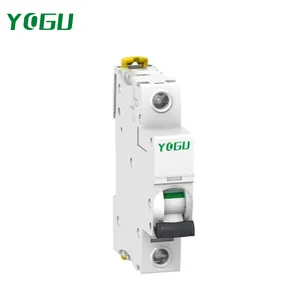
Yogu 1p, 2p. Bộ ngắt mạch nhỏ 3P, 4P Asta, SEMKO, RoHS 63A MCB
2,96 US$ - 6,22 US$
Min Order: 10 Cái
CNSupplier
5 yrs
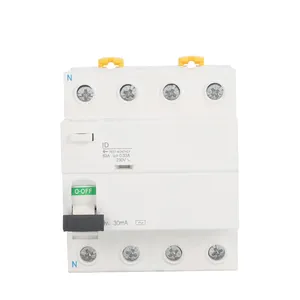
2P 4P điện từ iid rò rỉ ngắt mạch 40A nhỏ 63A rò rỉ bảo vệ 3P + N điện áp thấp RCCB RCD
4,10 US$
Min Order: 5 Cái
CNSupplier
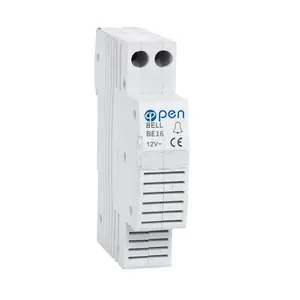
Mở Điện Miniature Circuit Breaker Các Loại Nhỏ Của Chuông Cửa Điện (Mcb)
1,10 US$ - 2,25 US$
Min Order: 100 Cái
CNSupplier

Công Tắc Không Khí Nhỏ Bộ Ngắt Mạch Thu Nhỏ 63A Dòng Điện Định Mức 2P
1,10 US$ - 1,30 US$
Min Order: 10 Cái
CNSupplier

Chất lượng cao MBs nhỏ ngắt mạch CP30-BA 2P 1-M 1A mới trong kho
16,83 US$ - 17,82 US$
Min Order: 5 Cái
CNSupplier

Mezeen Chất Lượng Hàng Đầu Nhỏ Chuyển Đổi Không Khí MCB-XTM6 6 10 16 20 25 30 40A AC 230 1P Thu Nhỏ Ngắt Mạch
Sẵn sàng vận chuyển
0,65 US$ - 0,68 US$
Min Order: 12 Cái
Shipping per piece: 2,03 US$
CNSupplier
7 yrs

HOCH DZ47 C45 16A 20A 63amp duy nhất giai đoạn cực 1 p 2 p 3 p 4 p nhỏ nhỏ điện hẹn giờ mcb dc ac ngắt mạch loại giá
0,50 US$ - 2,60 US$
Min Order: 240 Cái
CNSupplier
11 yrs
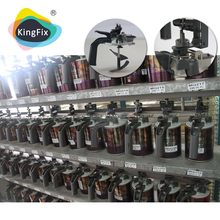



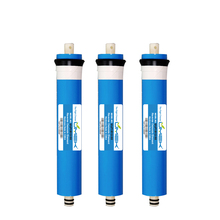












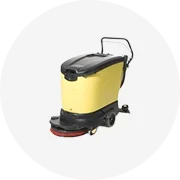






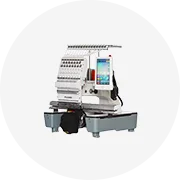









 浙公网安备 33010002000092号
浙公网安备 33010002000092号 浙B2-20120091-4
浙B2-20120091-4